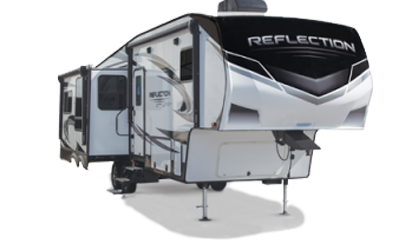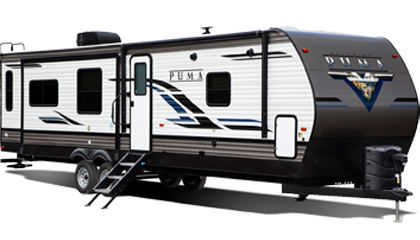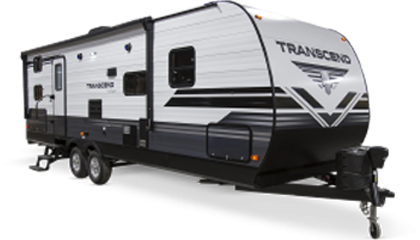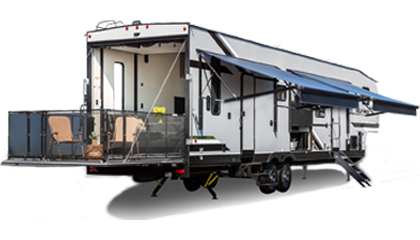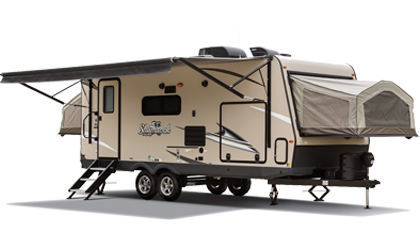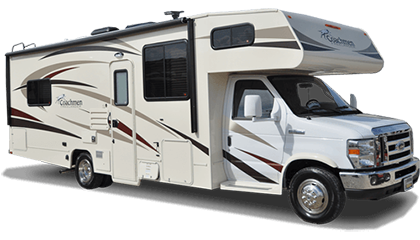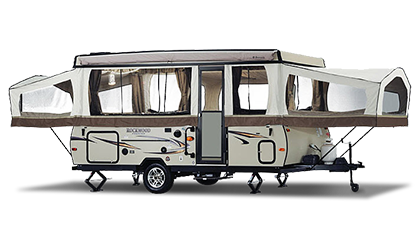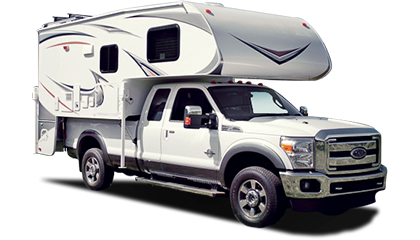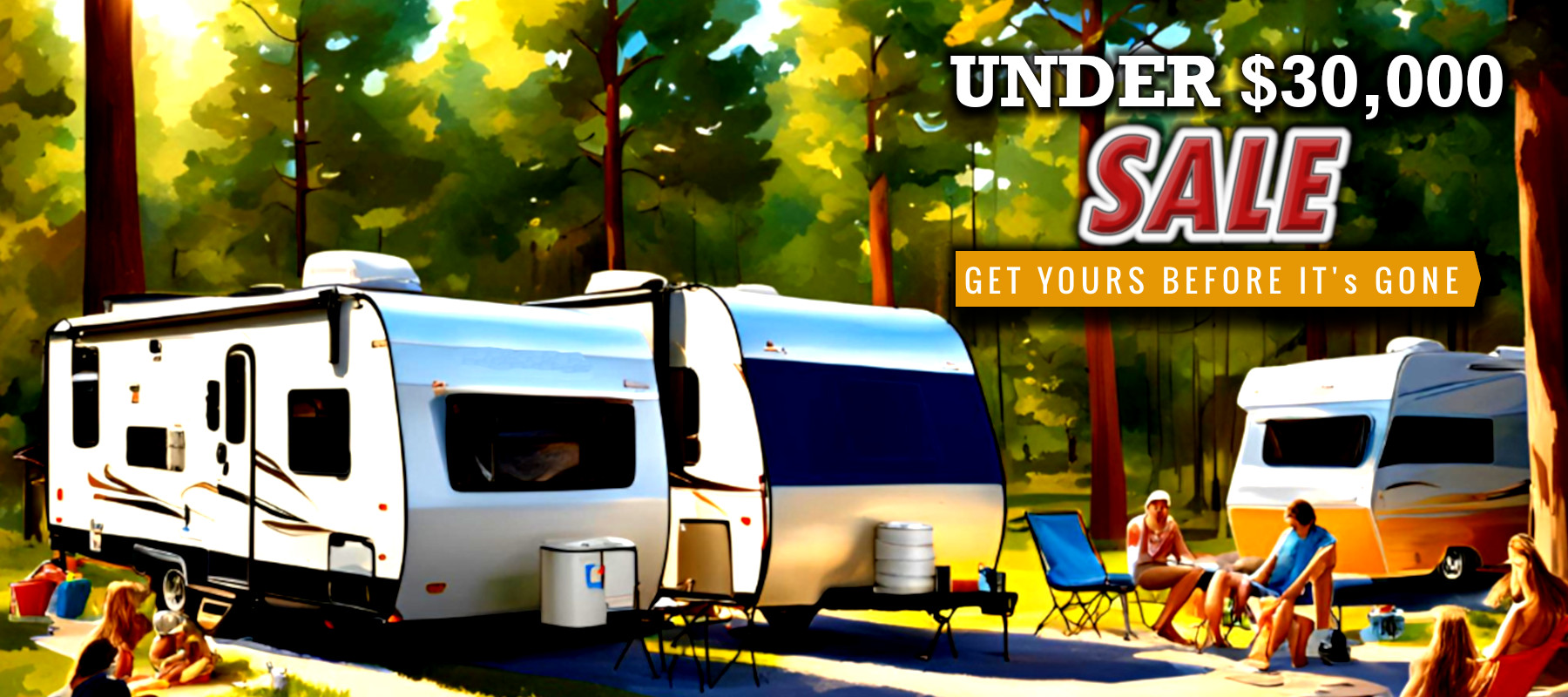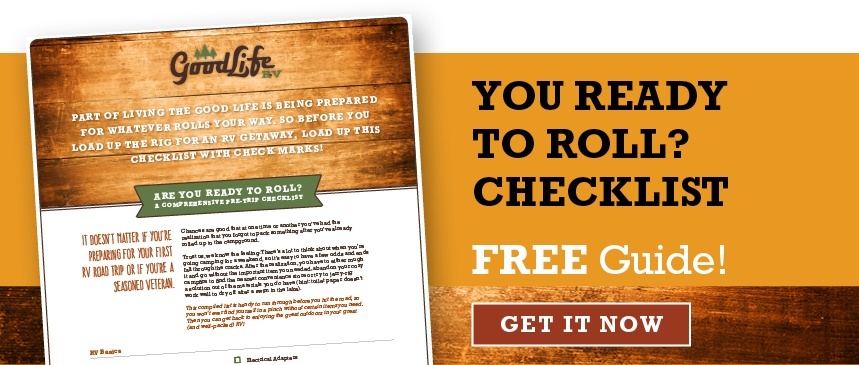RV Fire Safety and Prevention
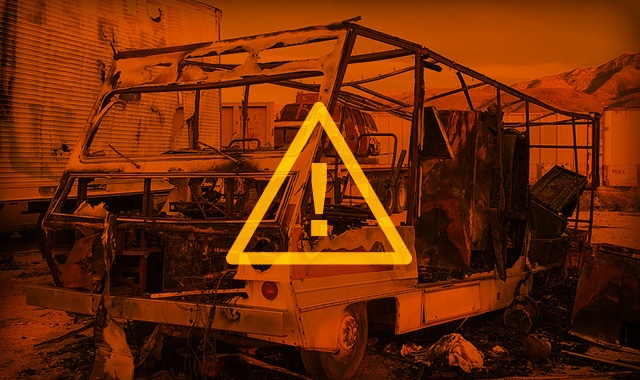
We live for those hot summer days playing in the sun. Even better? Summer vacation! But while you’re out enjoying life, it’s good to be aware that emergencies don’t take a summer break – there are more than 6,000 RV fires every year (scary, right?). Learn about the leading causes of fires to keep you and your rig safe.
Brake Check
Together, brakes and tires make up 20% of RV fires. As expected, the parts of your rig that are most likely to catch on fire are the parts that move – like your wheels. The wheel bearings are one of the most common places to catch fire while you’re rolling. If they get too dry, the heat that is produced as you move can cause them to overheat. An easy fix for this problem is to check them every so often to make sure they’re still greased.
Flat Out Dangerous
Flat tires are another issue when you’re moving. They can make life interesting real fast as you’re cruisin’, but in some cases, they can also be a fire hazard. The flat tire increases friction on the road and also in the other parts of the tire (wheel bearings, brakes, etc.). You can check if you need new tires by taking a penny and putting it upside down with Lincoln facing you into the tread of your tire. If you can see the top of old Abe’s head, you need new tires.
Hot And Cold
About half of all RV fires happen when you’re stopped. A lot of the cause for these are careless campers or travelers that don’t know how to prevent them. The biggest contributor to this percentage is your rig’s refrigerator. The system that cools your food can overheat and, left unchecked, use the floor and flammable objects around it to burn. You can also buy an automatic extinguisher, which is triggered based on a temperature sensor and puts out fires in a specific area. Who’d think that the coldest thing in your rig could cause such a hot dilemma?
When You Can’t Take The Heat
Of course, cooking is one of the biggest offenders of RV fires. Let’s put it out there: a kitchen in your RV is likely a little smaller than the kitchen in a brick-and-mortar house. It’s easy to set something down near a hot object and forget about it or get busy with what’s going on outside. Be aware of where your hot things are and avoid putting things near them.
Where There’s Smoke There’s Fire
A smoke detector is one easy item that you can add to your rig to make it safer. You can purchase smoke detectors at any local Walmart or home improvement store (like Home Depot or Menards). This is your first line of defense if a fire breaks out since it will wake you up if there’s an emergency, maximizing the time you have to respond.
Fire Extinguishers Are Not Created Equally
The threat of fire is very real, but you can do a lot to make sure you don’t find yourself in a pile of ashes where your rig once stood. One of these is to know the difference between fire extinguishers. There are some that have special chemicals in them, and others, like the CO2 extinguishers that “freeze out” flames. Always keep one of these nearby on your trips for a quick grab if you need it.
A fire in your rig is one of the scariest things you can face. Because an RV’s chassis is made of highly flammable materials, it doesn’t take much to send the whole thing up in flames. Taking some calculated practices to prevent fires can mean the difference between saving a life and losing one. Make these safety features a reality in your rig now before you drive another mile of your Good Life.

